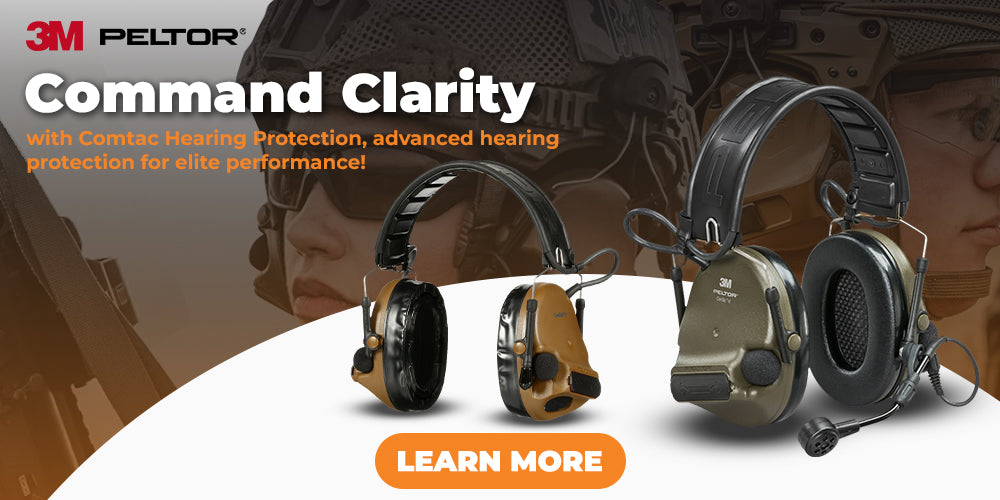
Essential Filters & Cartridges
Showing 1 - 18 of 18 products
Display
View

3M 2091 P100 Particulate Filter, 1 Pair
Sale price$7.89
Regular price$8.68
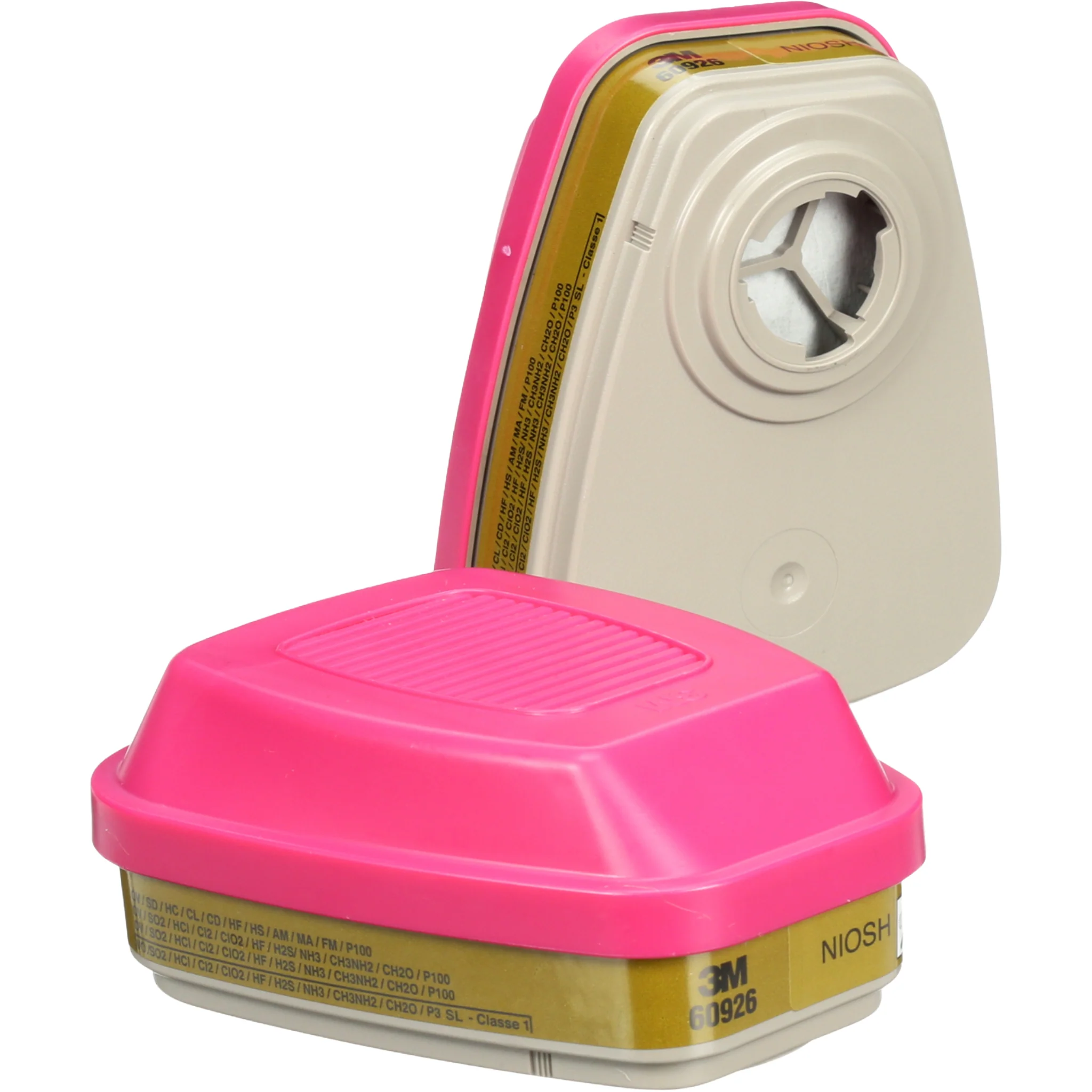
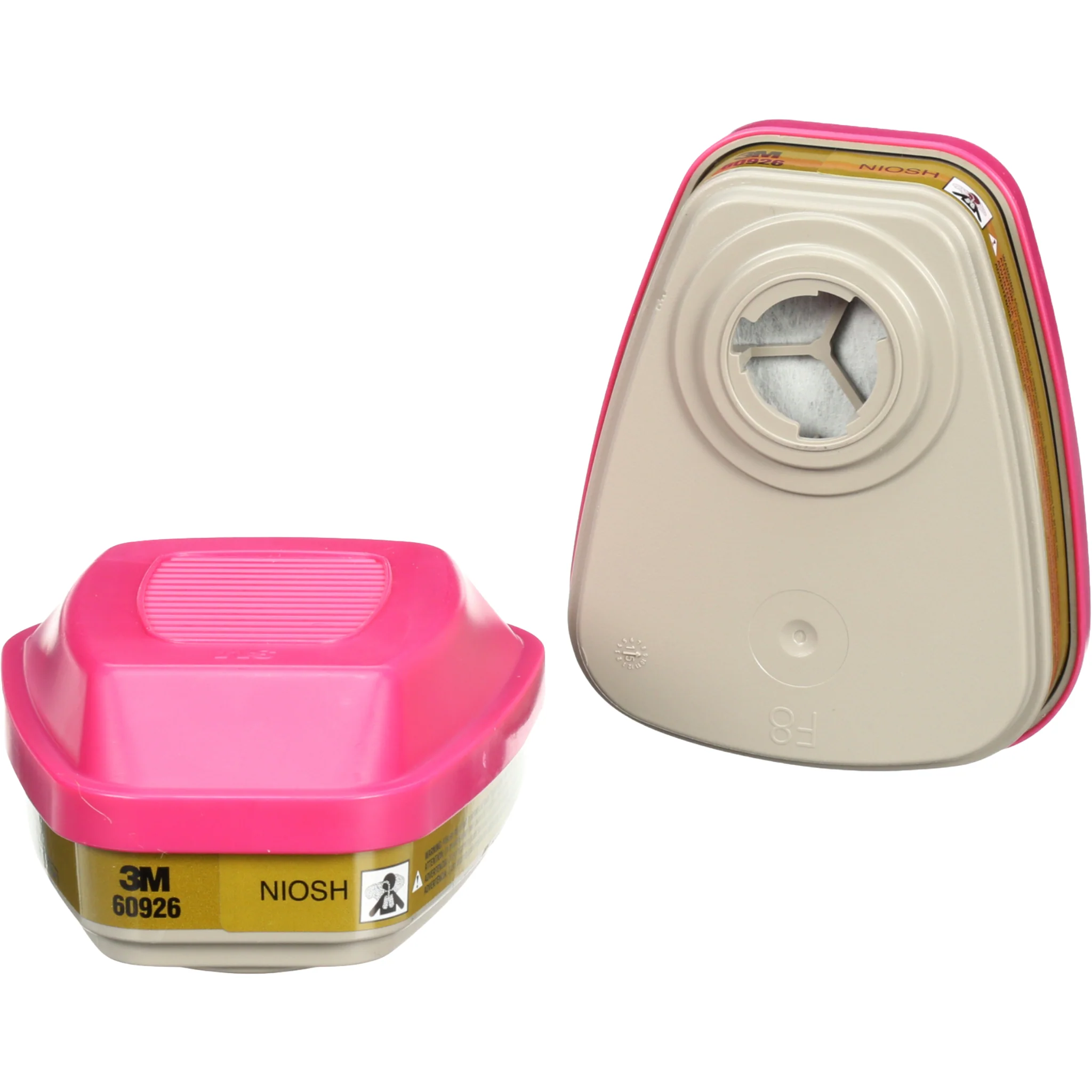
3M 60926 P100 Multi Gas/Vapor Cartridge/Filter, 1 Pair
Sale price$30.69
Regular price$33.76

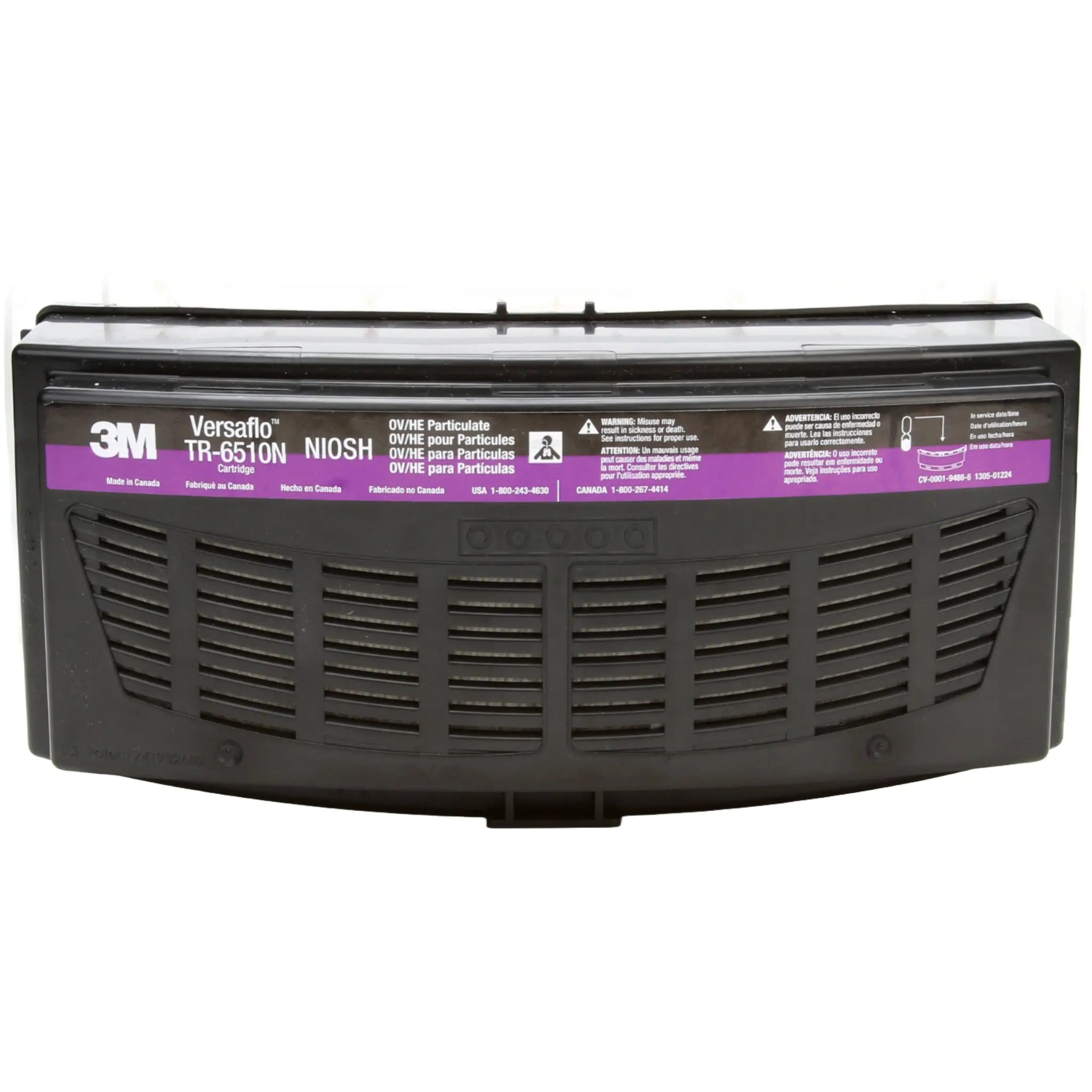
3M Versaflo TR-6510N Organic Vapor/HEPA Cartridge for TR-600 and TR-800 PAPR, Magenta/Black
Sale priceFrom $114.39
Regular price$125.83
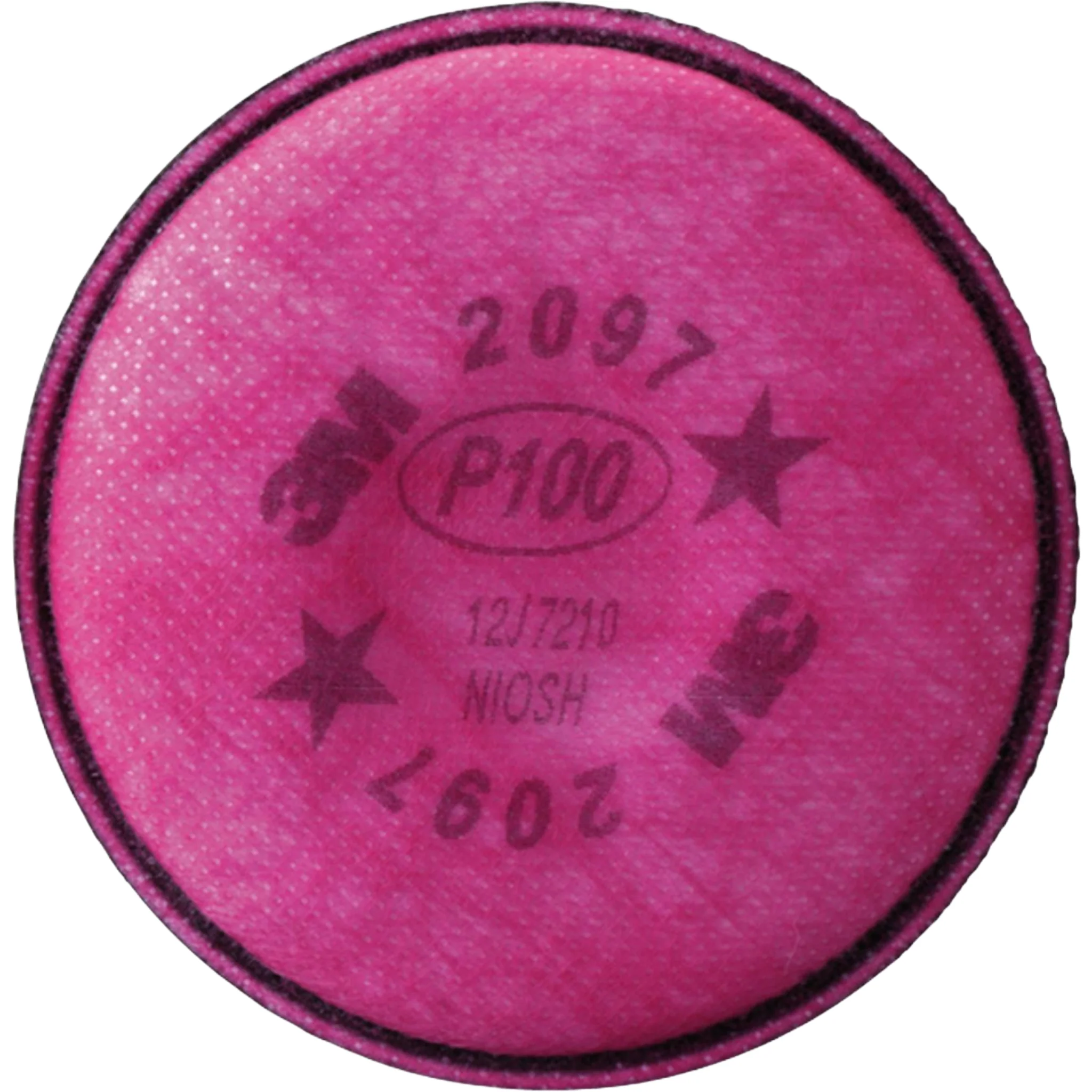
3M 2097 P100 Particulate Filter with Nuisance Level Organic Vapor Relief, 1 Pair
Sale price$11.29
Regular price$12.42


3M 60923 P100 Organic Vapor/Acid Gas Cartridge/Filter, 1 Pair
Sale price$28.19
Regular price$31.01
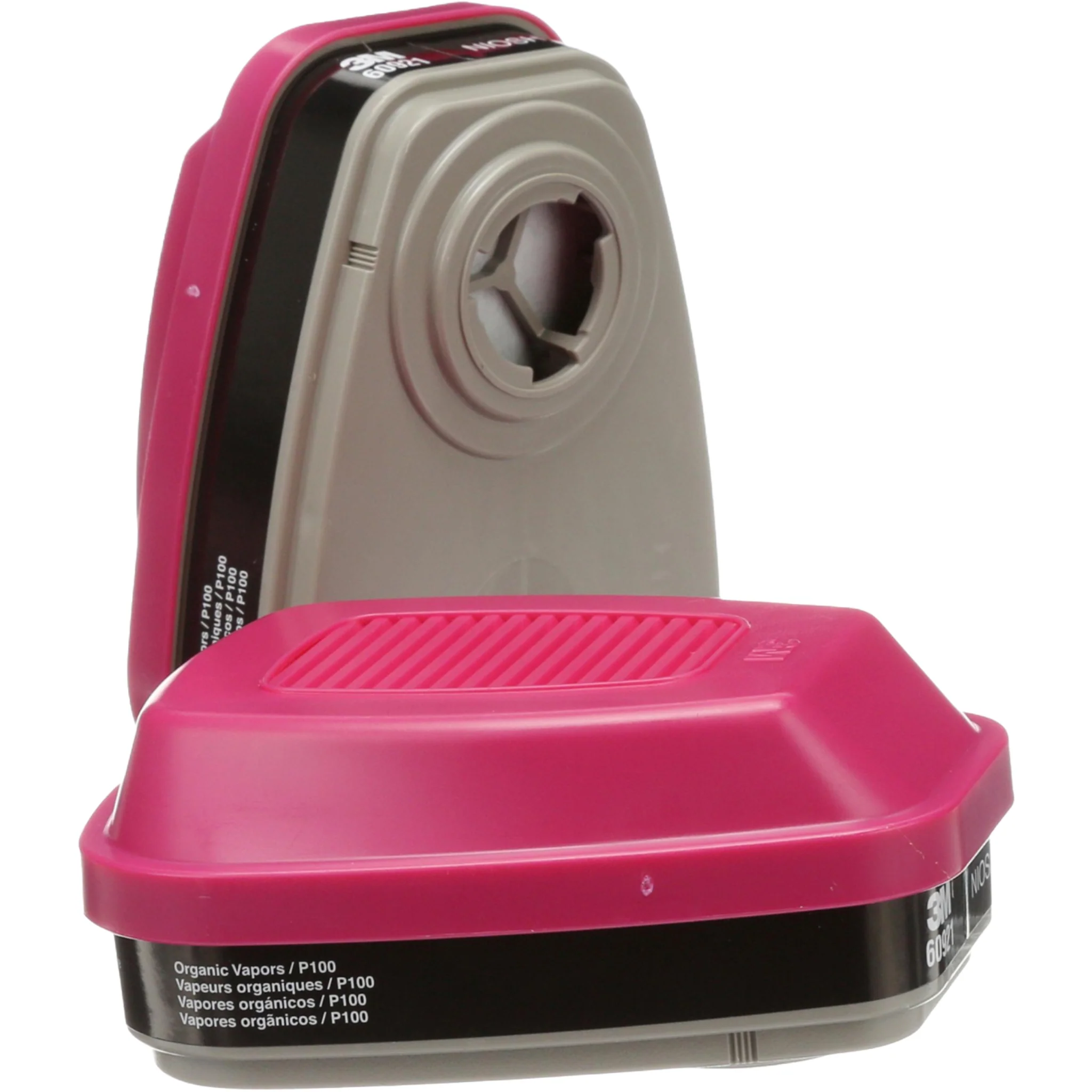
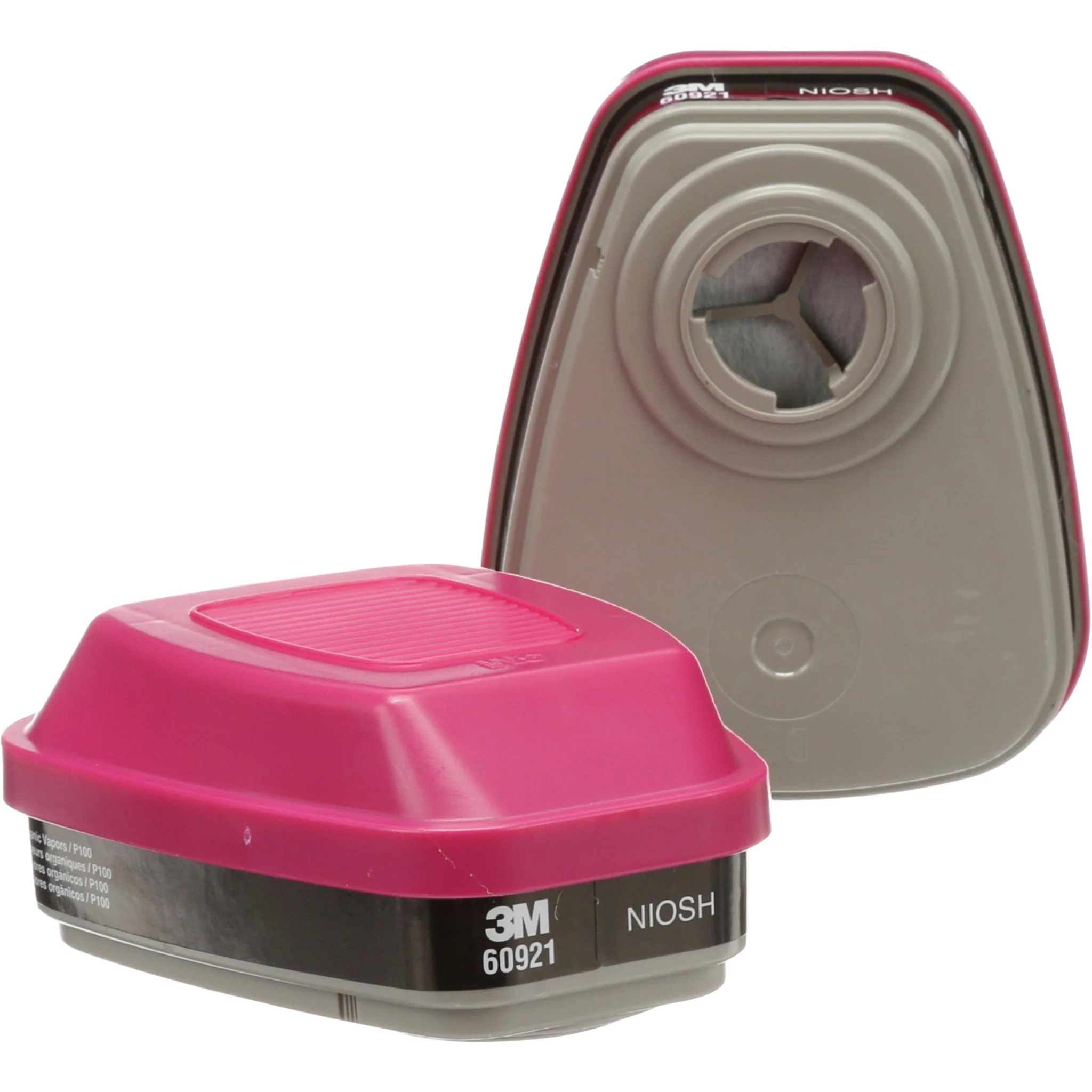
3M 60921 P100 Organic Vapor Cartridge/Filter
Sale priceFrom $27.79
Regular price$30.57
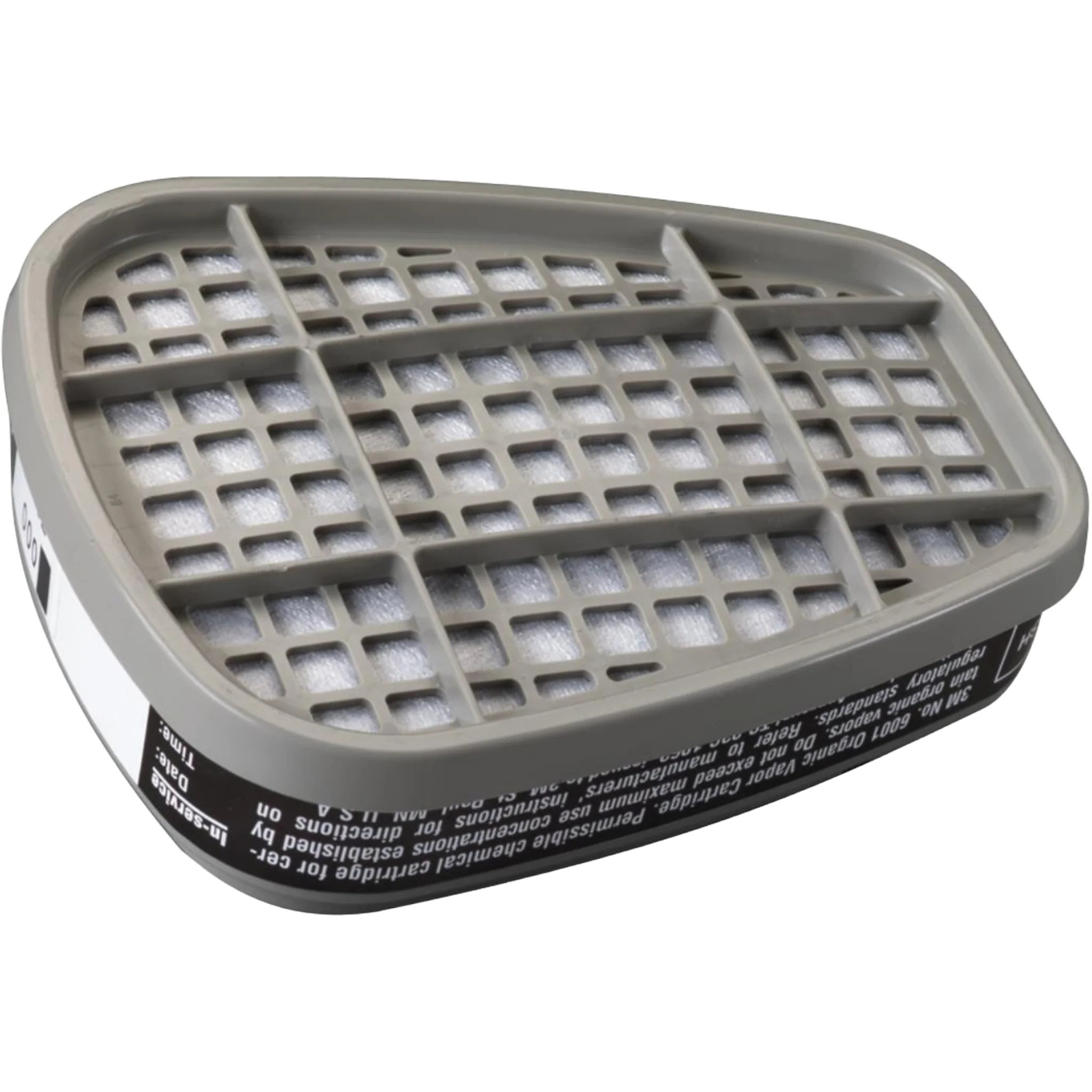
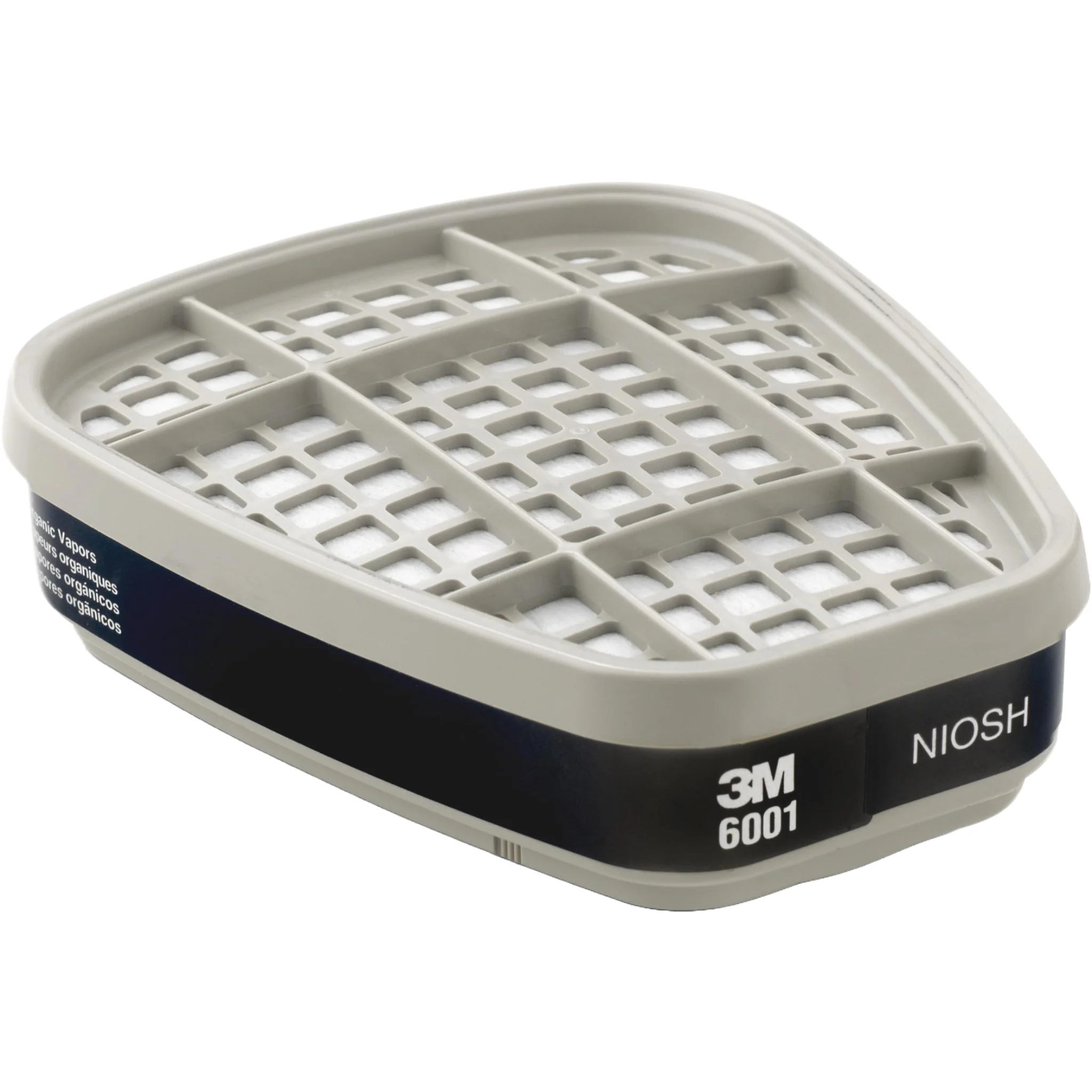
3M 6001 Organic Vapor Cartridge, 1 Pair
Sale price$13.79
Regular price$15.17
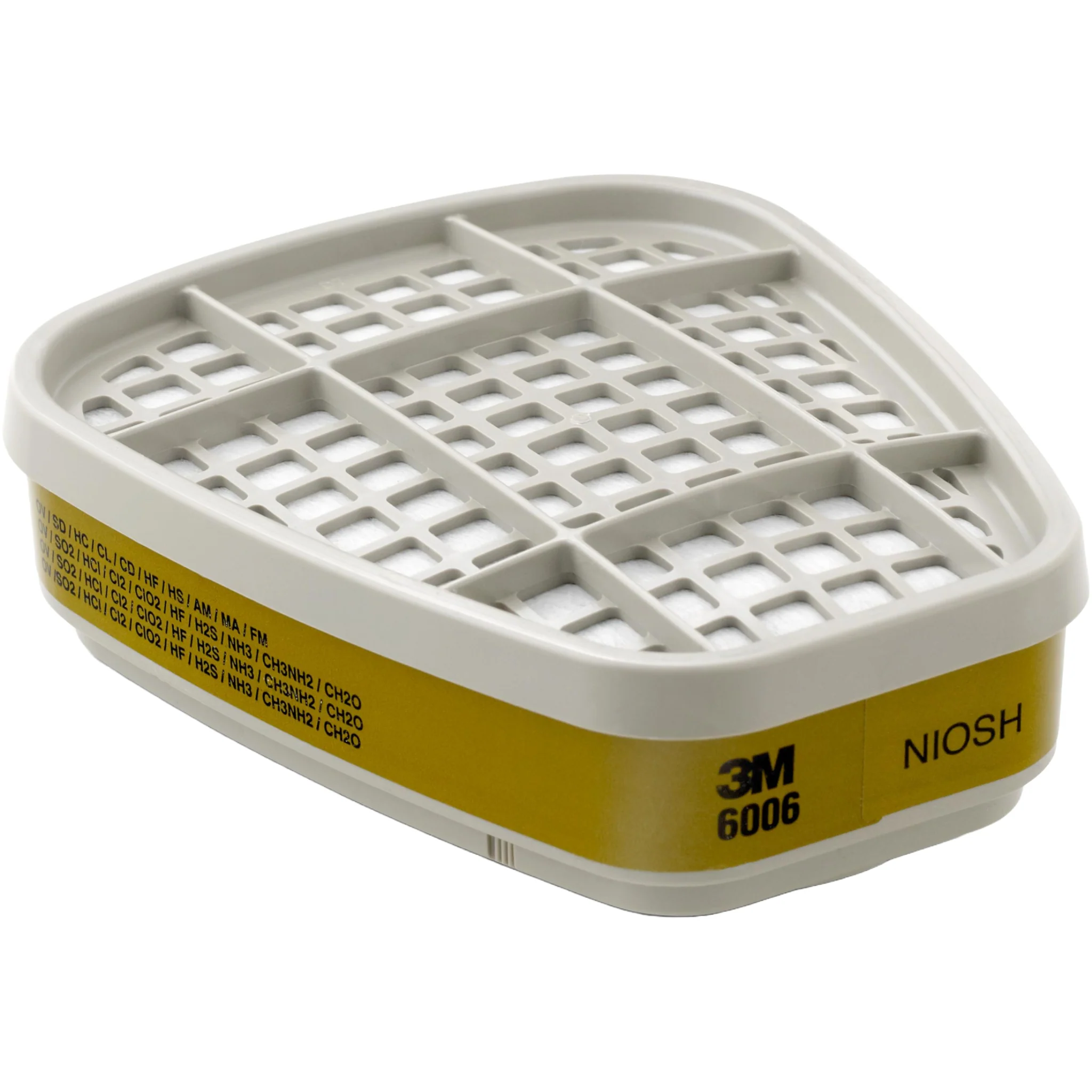
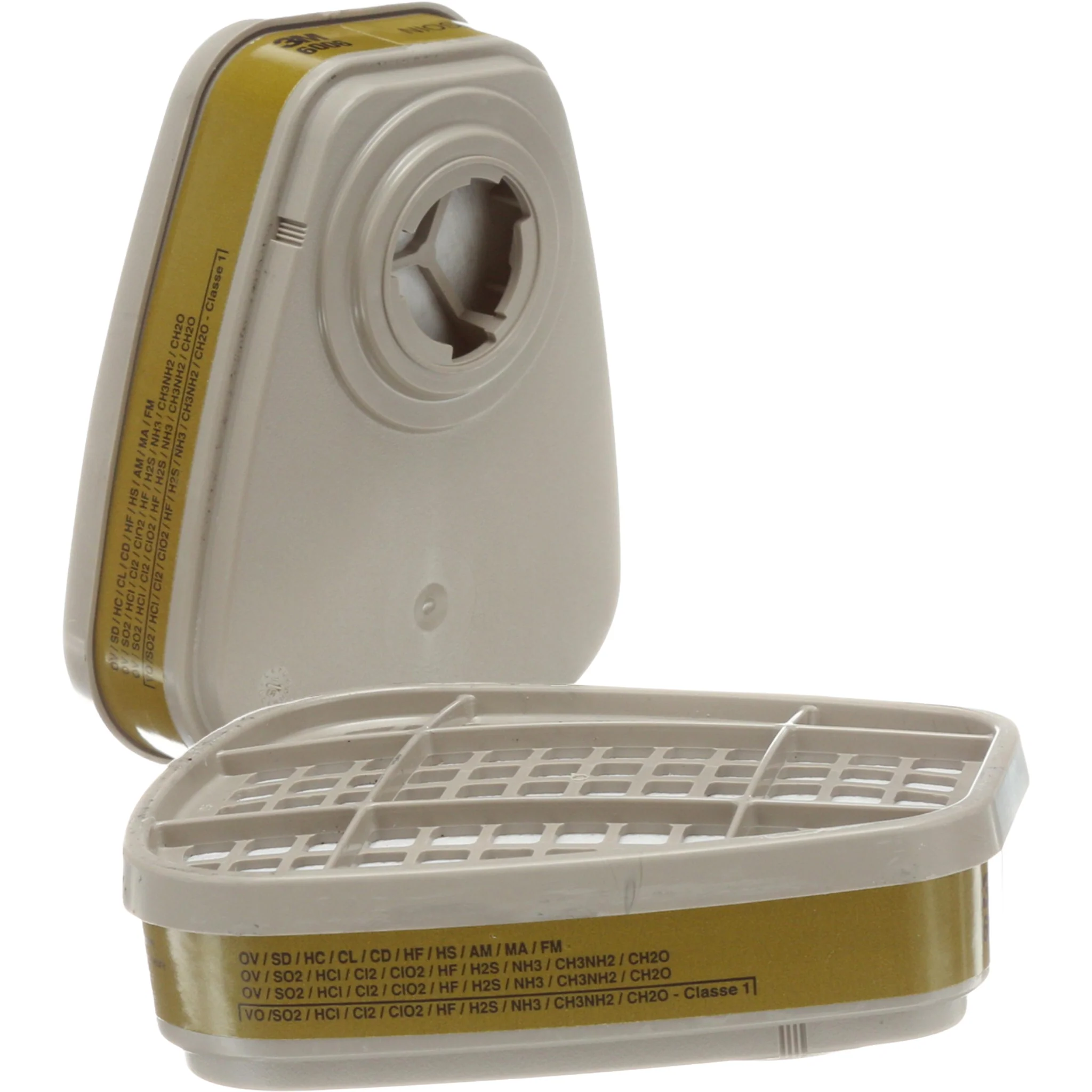
3M 6006 Multi Acid Gas/Organic Vapor Cartridge, 1 Pair
Sale price$15.09
Regular price$16.60
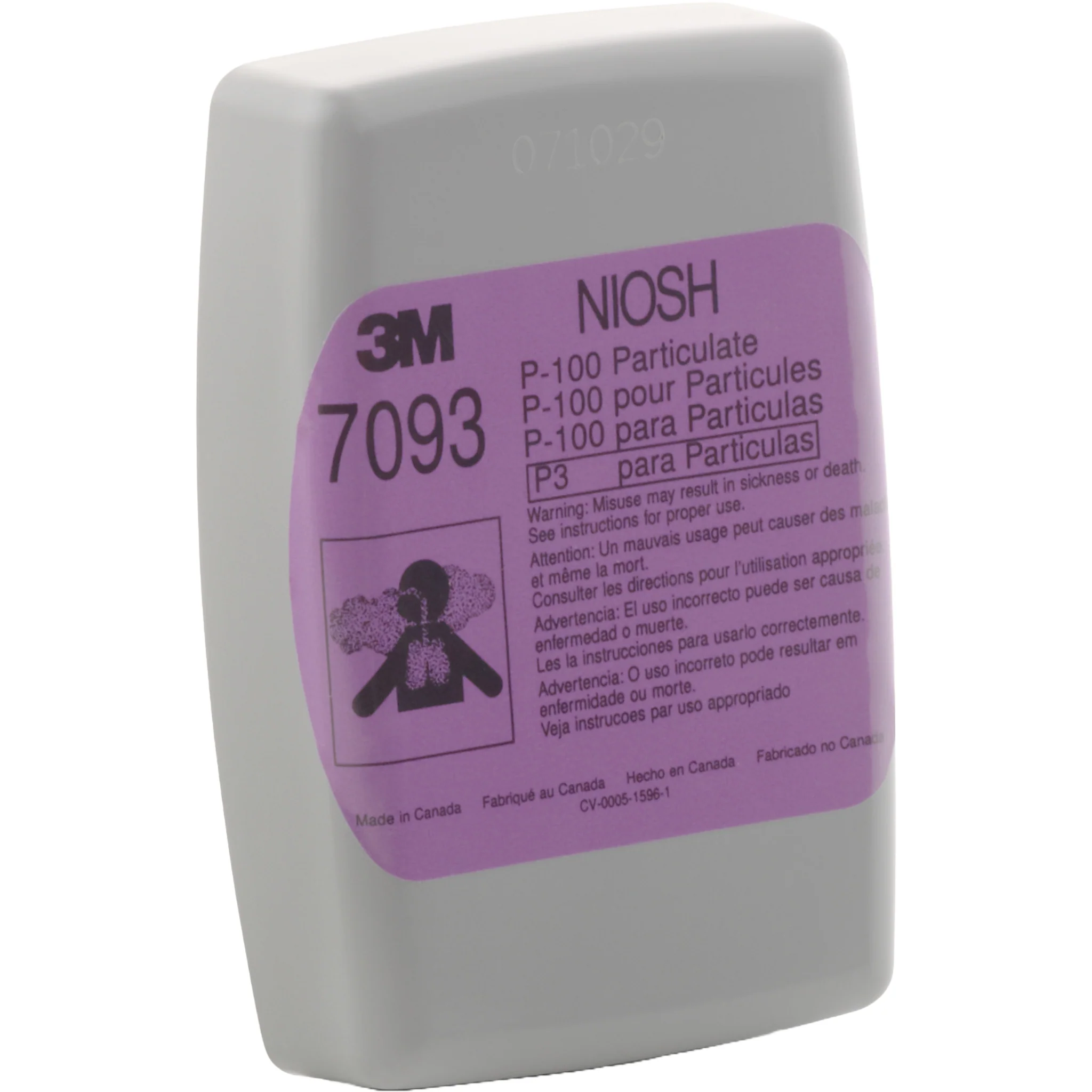
3M 7093B P100 Particulate Filter, Pack of 2 Eaches
Sale price$6.59
Regular price$7.25
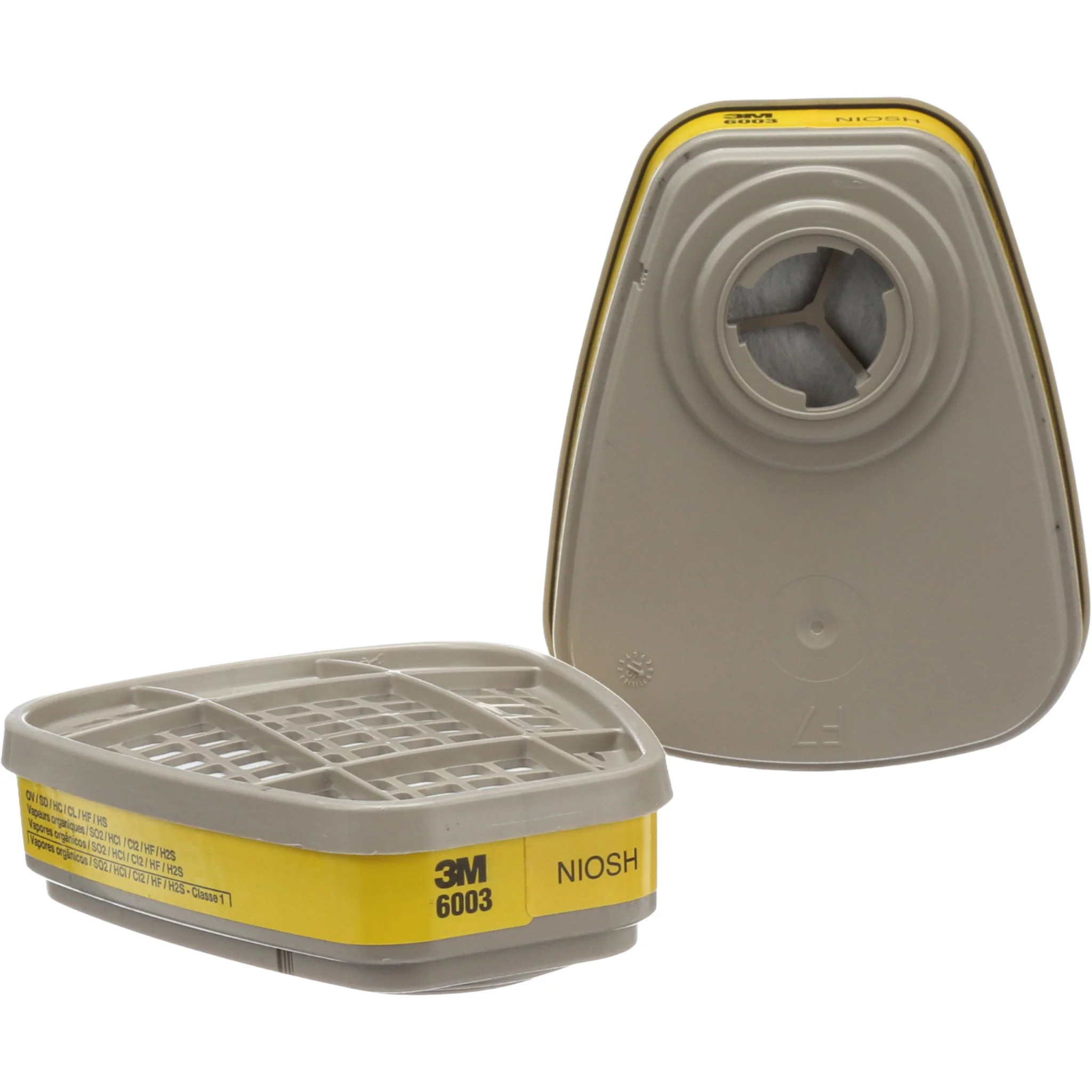
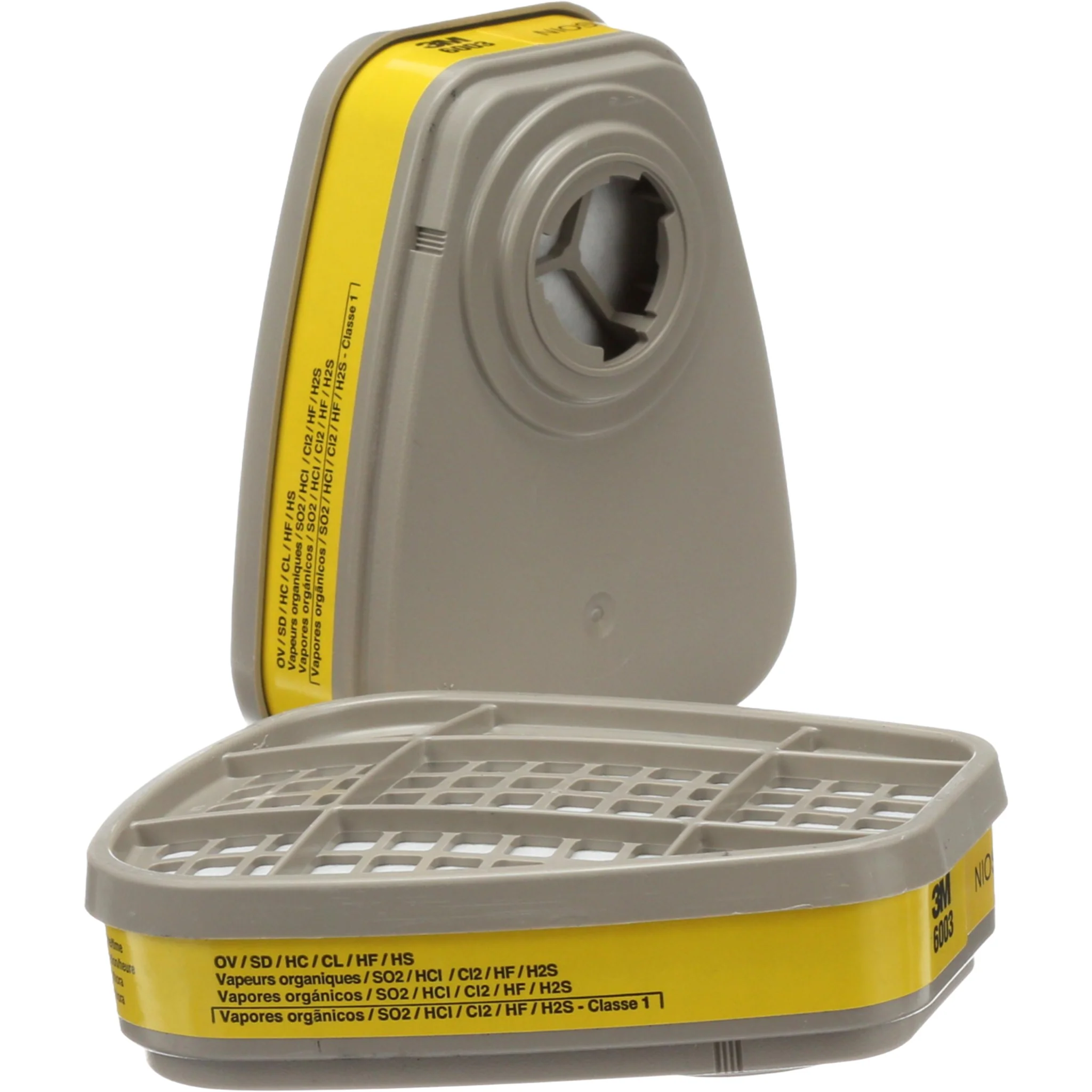
3M 6003 Organic Vapor/Acid Gas Cartridges, 1 Pair
Sale price$15.09
Regular price$16.60
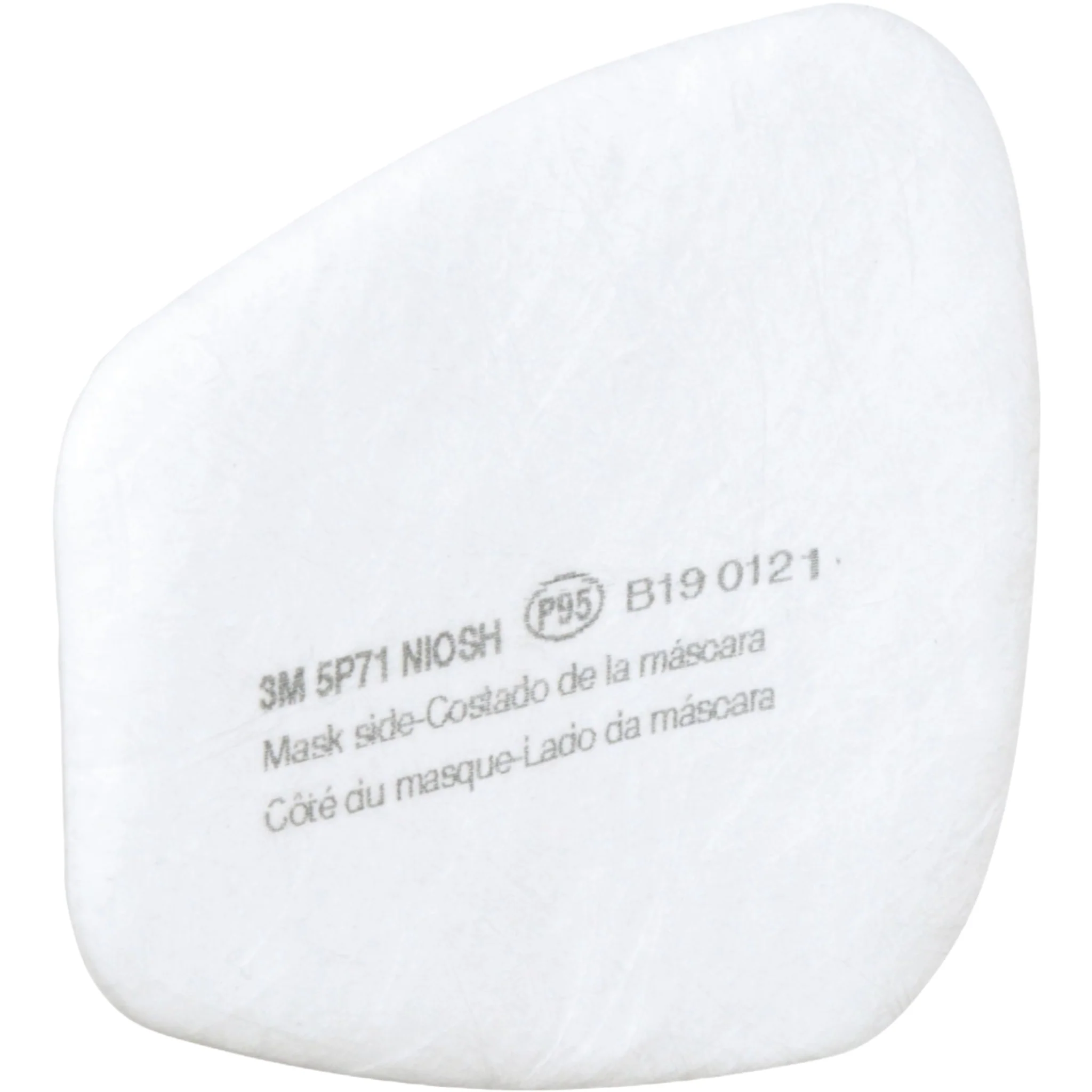
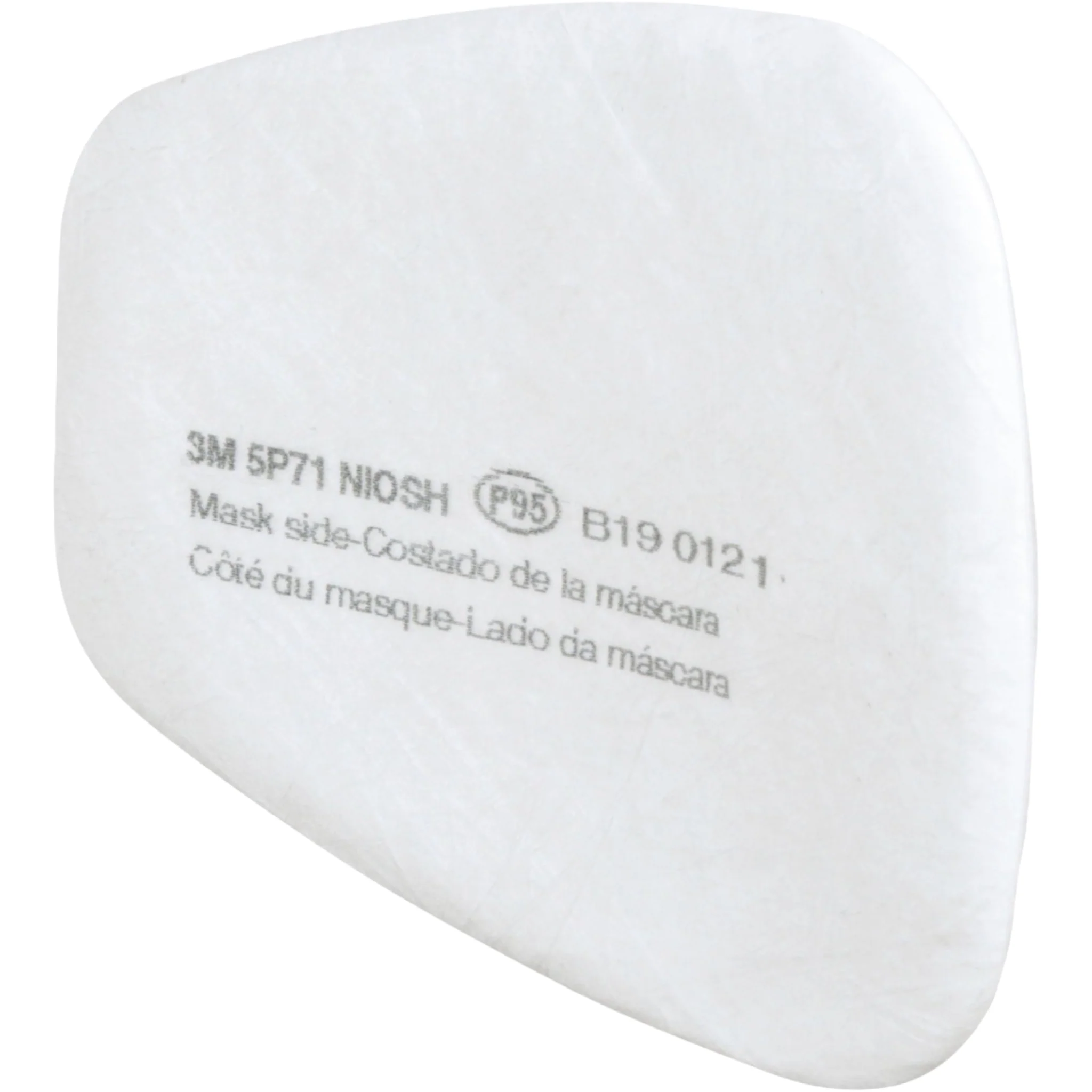
3M 5P71 P95 Particulate Filter 07194, White, Box of 5 Pairs
Sale price$21.29
Regular price$23.42
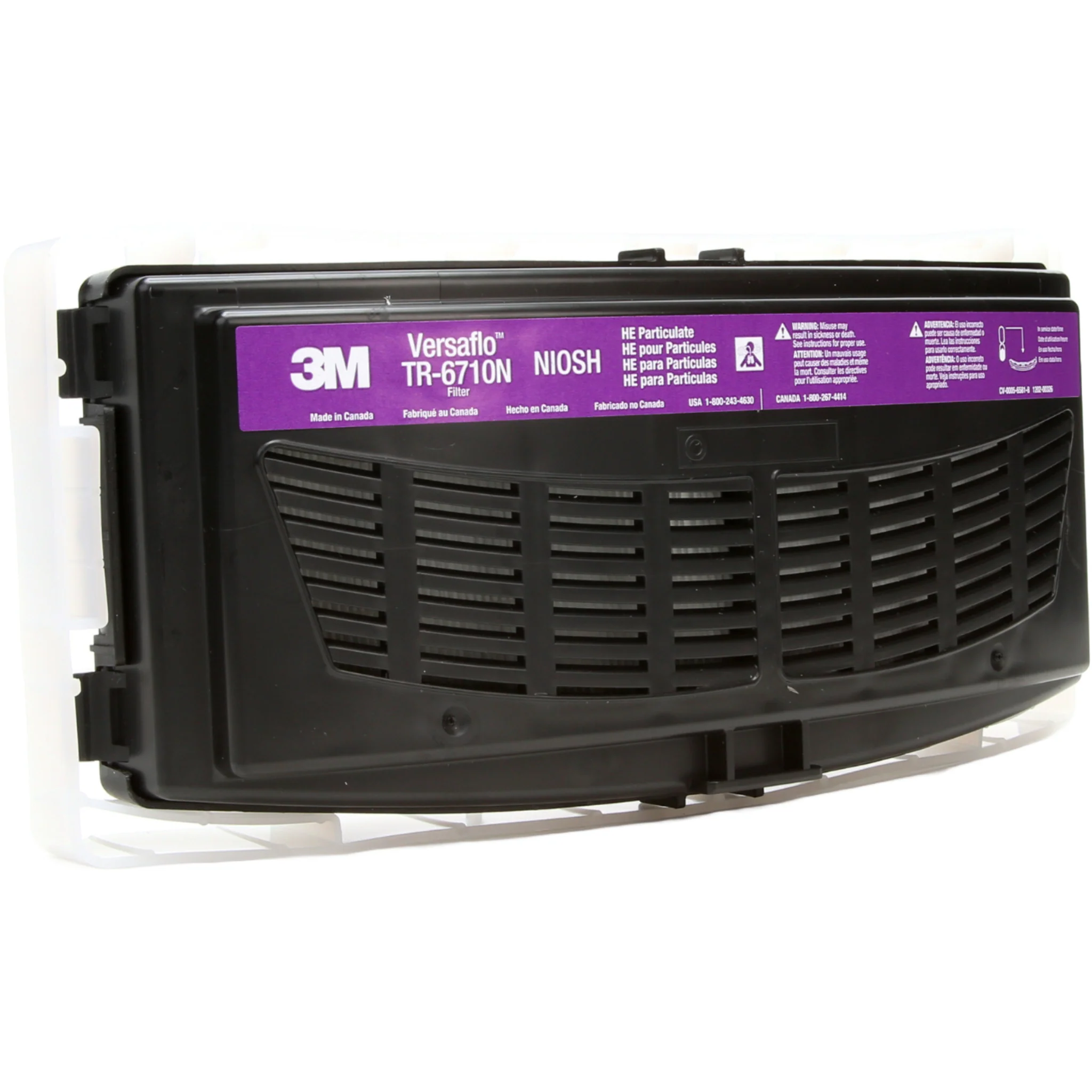
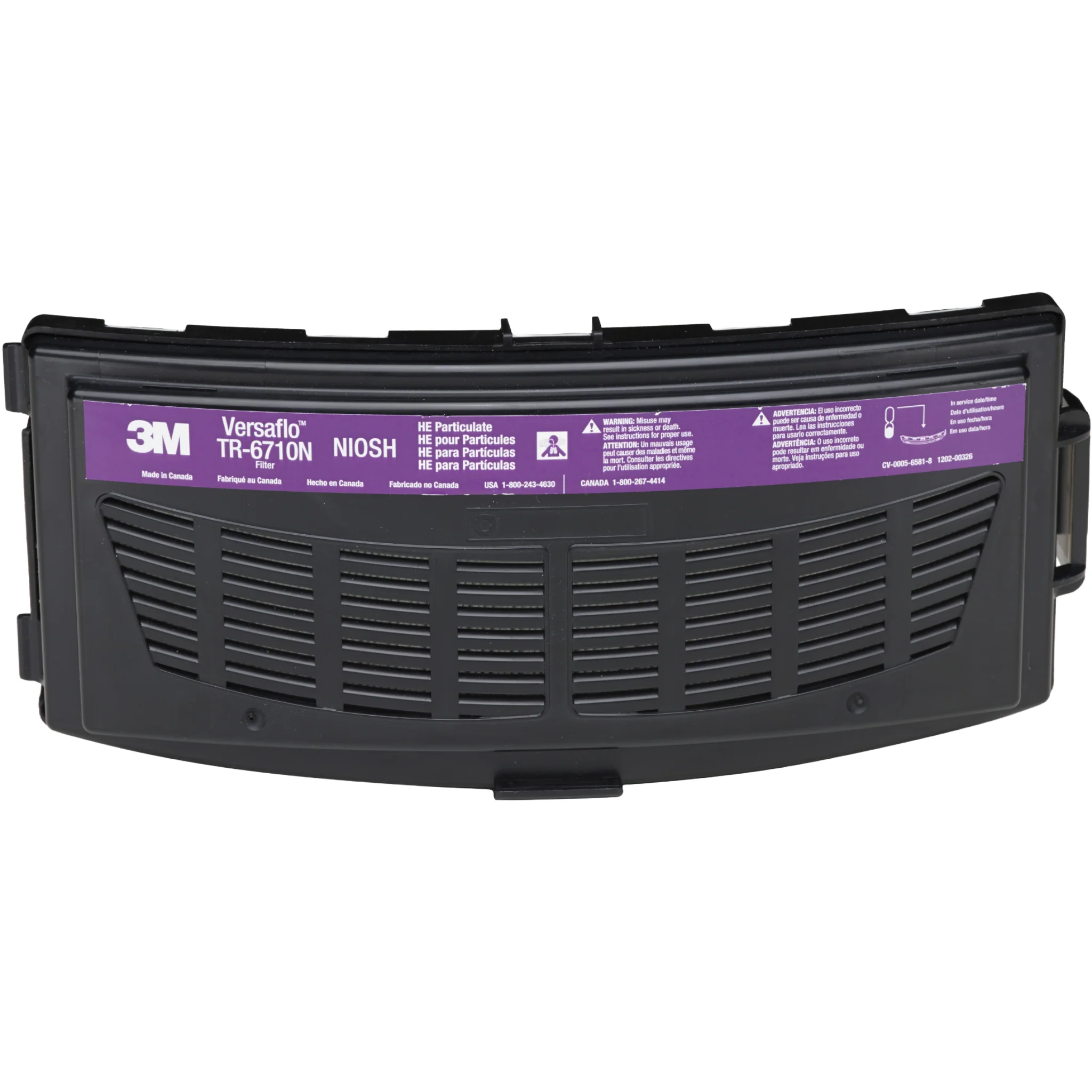
3M Versaflo TR-6710N-5 High Efficiency Filter for TR-600 & TR-800 PAPR, Case of 5
Sale price$259.09
Regular price$285.00

3M 2071 P95 Particulate Filter, 1 Pair
Sale price$5.29
Regular price$5.82


3M 5N11 N95 Particulate Filter, Box of 10
Sale price$17.19
Regular price$18.91


3M Versaflo TR-3712N-40 HE Filter for TR-300 Series PAPR, Gray
Sale priceFrom $43.59
Regular price$47.95


3M Versaflo TR-6530N Organic Vapor/Acid Gas HEPA Cartridge for TR-600 and TR-800 PAPR
Sale priceFrom $120.09
Regular price$132.10


3M Versaflo TR-6710N High Efficiency Filter for TR-600 & TR-800 PAPR
Sale priceFrom $49.19
Regular price$54.11


3M Versaflo TR-3712N-5 High Efficiency Filter, Gray
Sale priceFrom $45.59
Regular price$50.15
Shop our full line of essential respirator filters and cartridges from leading brands like 3M and Honeywell. Whether you're exposed to dust, fumes, or harmful chemicals, our filters and cartridges offer exceptional filtration efficiency when working in hazardous conditions.
Filters (0)




